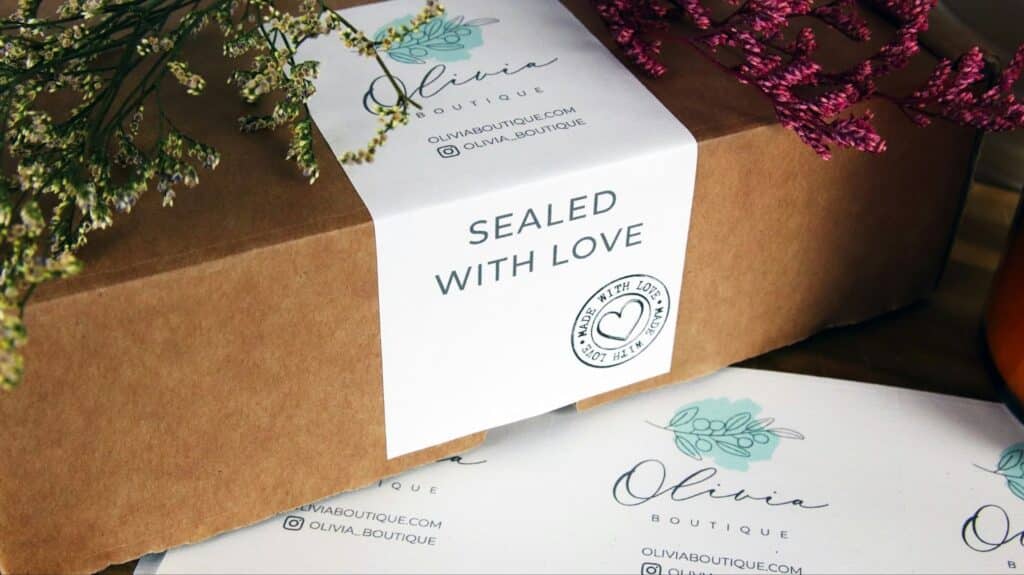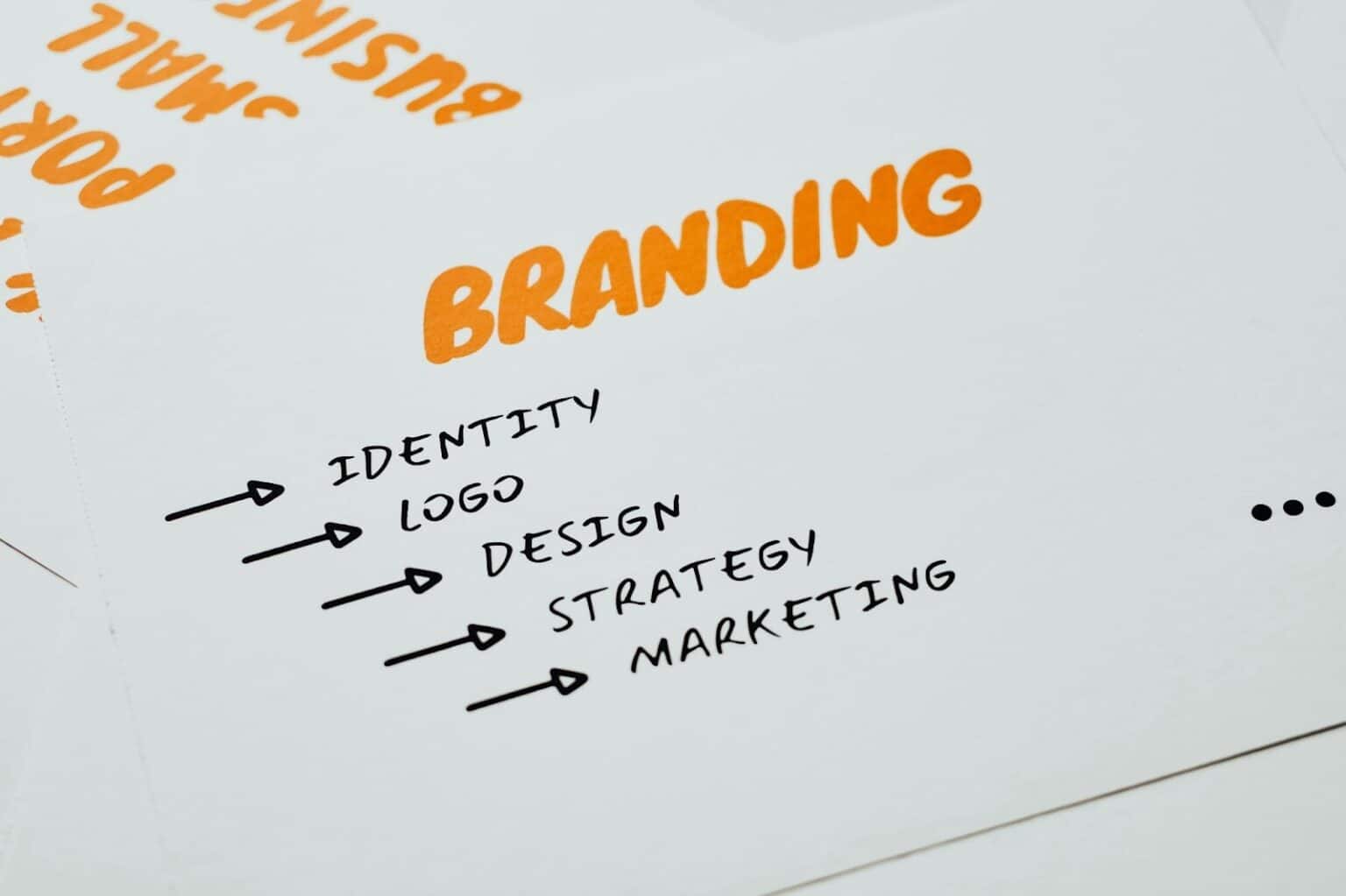When you’re running a small business, branding can easily slip down the priority list. Between serving customers, managing costs, and keeping up with day-to-day work, design and messaging sometimes end up as an afterthought. But a weak or inconsistent brand quietly influences how people see your business – and it’s usually easy to fix once you spot the problem.
Let’s go through a few common branding mistakes small businesses make and how to sort them out quickly.
Inconsistent Visuals
When your flyers look one way, your website another, and your packaging something else entirely, people can’t connect the dots. It might not seem like a big deal, but inconsistency makes your business feel scattered and less reliable.
The best way to stay consistent in branding is to decide on a few basics and stick with them: your colors, your logo, your main font, and how you use images. Save those details in one shared folder so everyone – from designers to employees – uses the same materials. The goal is simple: when someone spots your ad, your business card, or your post online, they should instantly know it’s you.
Overlooking Print and Packaging
Many small businesses focus on digital marketing and overlook the impact of printed materials on their brand perception. A well-made brochure, flyer, or – if you have a physical product – carefully designed packaging can instantly make your business feel more professional and trustworthy. Cheap printing or poor packaging does the opposite, making even great products seem less valuable.
Quality materials show that you care about the details, and that attention leaves a lasting impression long after someone walks away. Impactful print designs and packaging are quiet signals of credibility – the kind customers notice without even realizing it.

Quality packaging coupled with strong branding and messaging.
Logo Slip-Ups
A logo can quickly lose its impact when it’s stretched, cropped, or placed on the wrong background. And yes, people do notice it. This happens often when small businesses hand over design files without explaining how to use them. A distorted logo sends the wrong message – it might appear as if you don’t care about your own business.
Keep your logo files organized: one version for light backgrounds, one for dark, and one with transparent space around it. Share those versions with anyone who designs materials for you. Treat your logo with care – it’s the ‘face’ your customers learn to recognize.
Unclear Messaging
Many businesses talk about what they do, but not why it matters. When your messaging is full of buzzwords or vague promises, it becomes forgettable. Customers should understand, in a few seconds, what you offer and what makes you worth their time.
The easiest way to fix this is to speak like you would to a friend. Drop the filler words and explain what you do in plain language.
For example, instead of “We provide end-to-end marketing solutions,” try “We help local businesses get noticed and grow through smart, creative advertising.” The simpler your message, the stronger it feels.
Skipping Updates
A brand that never changes eventually looks outdated. Sometimes small businesses hold on to old designs or slogans because “they’ve always worked,” but customers notice when your look feels stuck in time.
Refreshing doesn’t mean starting over. Small updates – a cleaner logo, a simpler layout, or new photos – can make your brand feel modern, even without losing its personality. Think of it as maintenance, like repainting your storefront every few years.Subtle modifications over time of one of the world’s most famous brands.

Losing Sight of Your Audience
It’s easy to focus on what you want your brand to say and forget what people actually need to hear. If your visuals and messages only reflect your taste, you might be missing what attracts your audience.
Pay attention to what your customers react to – the posts they share, the products they photograph, or the feedback they give. These details show what truly connects with them. Building a strong brand isn’t really about impressing yourself, but about staying memorable to the people who keep you in business.
Why Small Details Build Big Brands
Good branding comes from the everyday choices you make – the tone you use when talking to customers, the colors you keep repeating, the way your materials feel in someone’s hands.You don’t need to chase trends or overthink design. Focus on being clear, reliable, and genuine in how you present yourself. Over time, those small, steady details build a brand that feels familiar – the kind people remember and trust.
